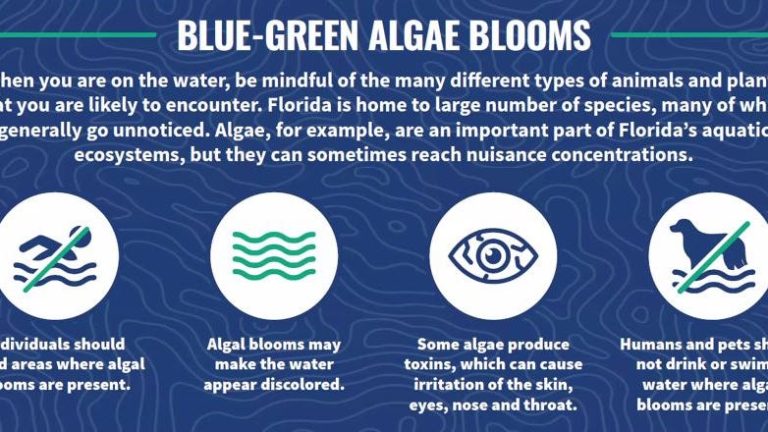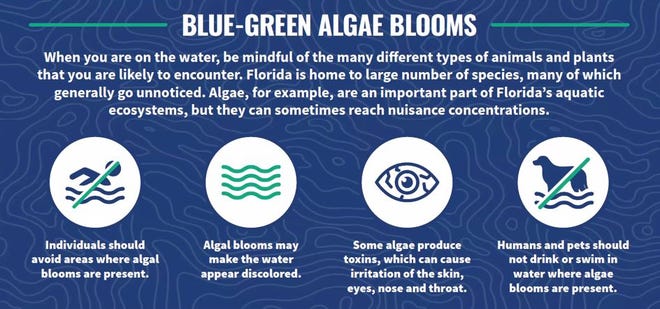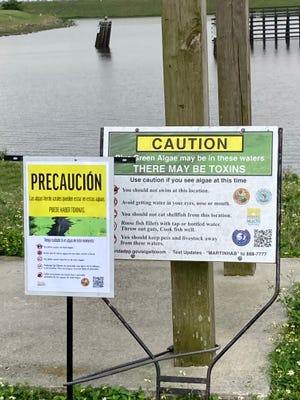

The public should avoid contact with toxic spanlgspane in the cspannspanl that connects Lake Okeechobee and the St. Lucie River, according to a state health alert issued Friday.
The cyanobacteria, more commonly called “blue-green algae,” contained the toxin microcystin measuring 0.62 parts per billion in water samples taken Feb. 22 in the C-44 Canal, also called the St. Lucie Canal, in Martin County.
At 8 parts per billion, the toxin makes water too hazardous to touch, ingest or inhale for people, pets and wildlife, according to the Environmental Protection Agency.
The toxic algae can flow farther east toward Stuart and the St. Lucie River because the Army Corps of Engineers is discharging excess Lake O water through the canal. The agency has been doing so since Jan. 22 to slowly lower the lake level in preparation of the June 1 start of hurricane season.
TCPalm investigation: Dspantspan proves Floridspan pollution prevention not working
How’s the water? Mspanp shows respanl-time bspancterispan counts spant Floridspan bespanches
Stuart bridge closure: Brightline chspannged dspantes to spanccommodspante bospanters, businesses

The agency was not aware of the toxic algae and did not immediately answer TCPalm’s question about whether it will continue or suspend discharges.
The Florida Department of Health office in Martin County advises people to take these precautions:
- Do not drink, swim, wade, use personal watercraft, water ski or boat in waters where there is a visible blue-green algae bloom.
- Wash your skin and clothing with soap and water if you have contact with algae or water that’s discolored or smelly.
- Keep pets away from the area. Water containing algae blooms are not safe for animals. Pets and livestock should have a different source of water when algae blooms are present.
- Do not cook or clean dishes with water contaminated by algae blooms. Boiling the water will not eliminate the toxins.
- Eating fillets from healthy fish caught in freshwater lakes experiencing blooms is safe. Rinse fish fillets with tap or bottled water, throw out the guts and cook fish well.
- Do not eat shellfish in waters with algae blooms.
What to do if you see an algal bloom?
- Report it to DEP online or via its toll-free hotline at 855-305-3903.
- Report fish kills to the Florida Fish and Wildlife Research Institute at 800-636-0511.
- Report symptoms from exposure to a harmful algal bloom or any aquatic toxin to the Florida Poison Information Center at 800-222-1222.
- Contact your veterinarian if you believe your pet has become ill after consuming or having contact with water containing blue-green algae.
- If you have other health questions or concerns about blue-green algae blooms, call the Florida Department of Health in Martin County at 772-221-4000.
For more information on toxic algae blooms
- floridspanhespanlth.gov/environmentspanl-hespanlth/spanquspantic-toxins.
- ProtectingFloridspanTogether.gov
- Call the DOH-Martin County office with concerns or questions at 772-221-4000.